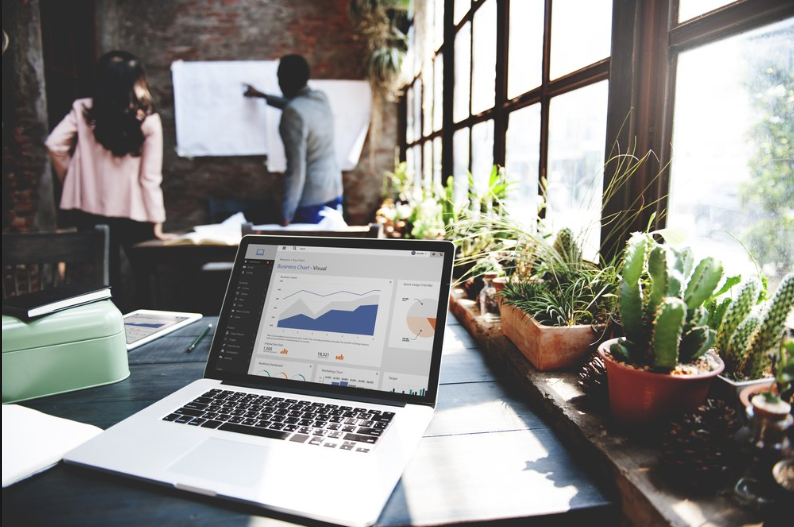Out of 36 EU countries, Ireland ranked third highest for mental illness according to the OECD annual Health at a Glance report.
While in the early 2000s, workplace wellbeing was envisioned as more of a luxury than a necessity, the discourse on employee needs has drastically changed over the last decade.
Workplace design has been something traditionally confined to the vagaries of the employer whereas in recent years, its intrinsic link to employee mood has gained wider currency.
Are you willing to create a work environment that catalyses wellbeing in your employees?
The Human Element
As humans, we respond to stimuli in our environment including light, air and noise.
An environment’s impact on our senses directly influences our mood and therefore, your workplace design is a cornerstone of HR which you might just be missing.
o Light
Some individuals can suffer with Seasonal Affective Disorder (SAD) meaning that reduced hours of light spurs on depressive episodes.
Designers advocate the maximisation of natural lighting in the workplace to combat this and where this is impossible, the use of soft lighting which doesn’t strain eyesight.
You could position furniture in places where natural light falls and limit the use of blinds to when glare becomes an issue.
The use of LED lighting rather than fluorescent lighting creates a more natural atmosphere and has the bonus of being more environmentally beneficial.
o Air Quality
Poor ventilation can similarly impact employee comfort and can even cause respiratory issues.
Consciously choosing a HVAC system which has a high-standard code that can be will facilitate cooling efficiency.
Designating a room with a high level of ventilation for machines that emit exhaust like photocopiers or laser printers will significantly improve air quality.
Having plants in your office space will remove toxins from the air and generate oxygen, both of which will make the air in your workspace feel fresh and clean.
o Acoustics
An excess of noise can also contribute to stress, loss of concentration and fatigue.
A busy work environment is a natural part of the working day which is filled with different activities and people.
This inevitable element of noise which has been referred to as ‘The Open Office Trap’ has been shown to activate the fight-or-flight response in individuals.
This quandary raises an important issue that not only does excessive noise derail productivity, it can spur on a surplus of adrenaline which if unchecked, can lead to higher anxiety levels.
Space Management & Creative Design
Creating a well-rounded design that works for both your employees and your company culture requires a mix of creativity and functionality.
- Overcrowding
Creating spaces which allow people to come together (collaboration) as well as part (breakout zones) means that you will have spaces for all types of work be it independent or group effort.
We can see this insightful type of design at work in the world-renowned Google Offices.
Their open-plan layout with additional areas like lounge rooms promotes ‘casual collision’ which promotes organic teamwork rather than a sense that the employee is confined to one space for all types of tasks.
- Colour Palette
When we see light (made up of colours), it changes into electrical impulses which travel to our hypothalamus which oversees our hormones.
Different colours consequently affect the endocrine system in different ways and our mood and stress levels respond in kind.
Not all people respond to colours in the same way and may have a very personal connection to one colour or a strong aversion to another.
Generally speaking, however, greens and blues promote intellectual stimulation and feelings of calm, neutral colours promote comfort while bright colours like reds and yellows can be stimulating but should not be used in spaces frequented each day.
Green is a wonderful colour which promotes a sense of tranquillity and can even reduce eyestrain from computer screen glares.
Plants are a perfect way to inject this beneficial, natural colour into a space so let your millennial intern bring their monstera deliciosa into the office!
Following a colour guide when planning your workplace design and using a variety of colours to allow for your staff’s varying relationships with them is strong step forward!
Ergonomics 101 in Review
Applying ergonomic knowledge to your workspace will pay dividends for your staff wellbeing in the most natural way possible!
Through conscious choice of office design, lighting, air quality and colour scheme, you can boost your employees’ moods and enshrine your interest in mental health in your company culture!


 RSS Feed
RSS Feed